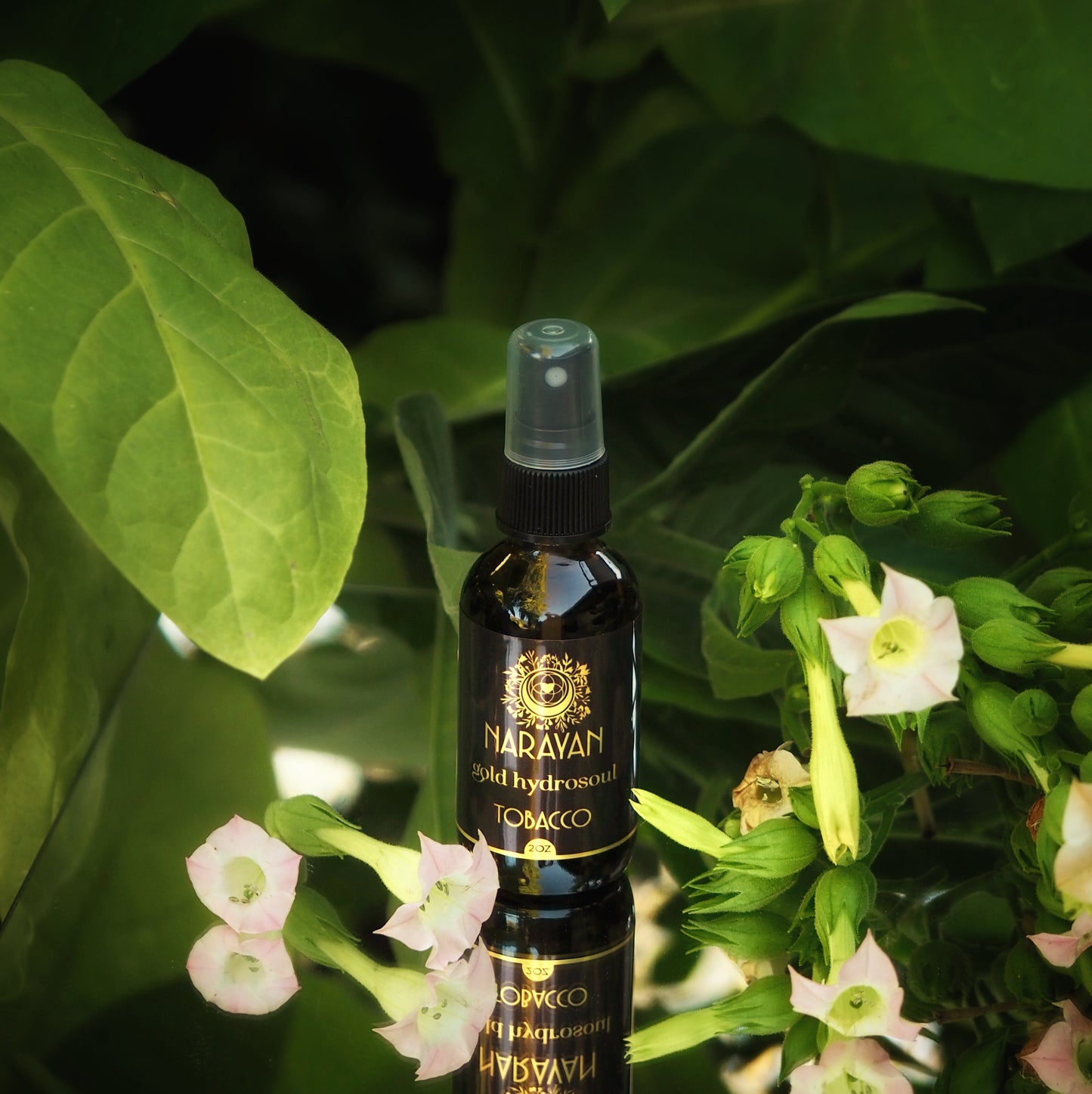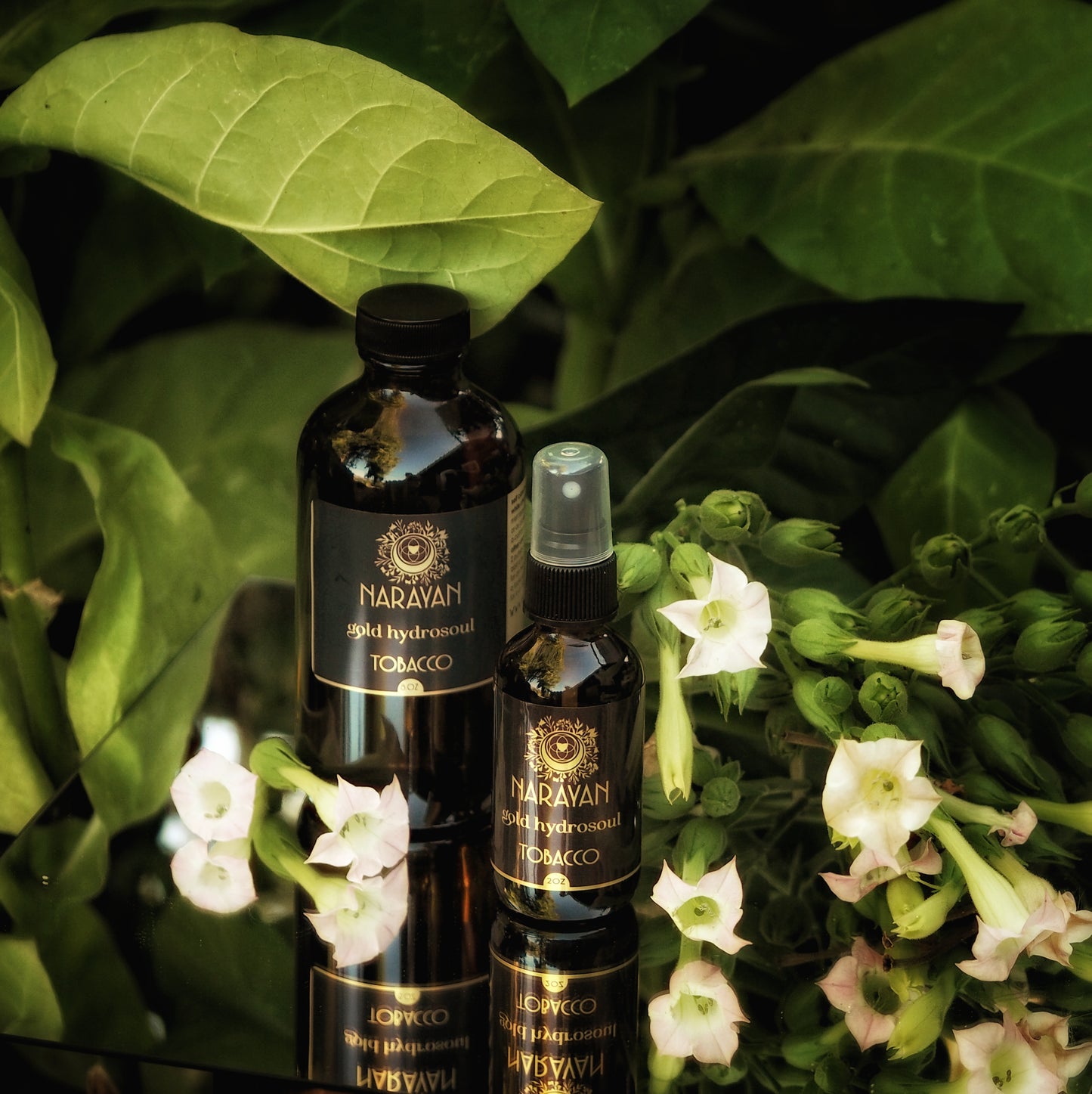
DIY Tobacco Patch & Why the Synthetic Stops Working
Narayan *Share
🌿 Plant Over Patch: The Truth About Nicotine, Pain, and the Sacred Tobacco Leaf
There’s a quiet movement happening — people turning to nicotine patches for pain relief, clarity, and calm. And for a while, they work.
Pain softens. Focus sharpens. The nervous system steadies.
But soon, something shifts.
The patch stops working. The dose increases. Relief fades into restlessness.
The body, once soothed, becomes dependent.
To understand why, we have to look deeper — beyond chemistry and into the living conversation between human receptors and the plant kingdom.
🧠 The Body’s Nicotine Receptors: Nature’s Communication Network
Nicotine mirrors one of the body’s most ancient messengers — acetylcholine, the neurotransmitter of focus, flow, and harmony.
The receptors it activates — called nicotinic acetylcholine receptors — are found throughout your brain, heart, muscles, and immune system.
They regulate:
Pain perception
Energy and focus
Mood and memory
Circulation and inflammation
The parasympathetic (“rest and digest”) response
When gently stimulated, these receptors awaken a natural rhythm between body and mind. They open channels for healing currents to flow — restoring order where chaos has taken root.
⚡ Why Synthetic Nicotine Stops Working
Synthetic patches deliver a constant, isolated signal — a flood of nicotine without pause, without intelligence.
At first, the receptors respond eagerly. But soon, the body — overwhelmed by repetition — begins to protect itself.
It does this by downregulating those receptors, meaning it literally turns down their sensitivity.
What began as a conversation becomes noise.
It’s the biological equivalent of tuning out a constant alarm.
Relief gives way to numbness. Energy to exhaustion.
The body stops listening, because the signal is no longer natural.
This is why synthetic nicotine stops working over time — it doesn’t nourish communication; it overrides it.
It forces, rather than flows.
🌿 The Whole Plant Speaks a Different Language
Whole-plant tobacco offers an entirely different experience.
It contains a symphony of alkaloids — nicotine, nornicotine, anabasine, anatabine, and trace compounds that act as buffers and balancers.
These alkaloids modulate each other, creating a nuanced, rhythmic stimulation that aligns with the body’s intelligence rather than overpowering it.
The living leaf also carries subtle microbial, enzymatic, and mineral codes — what ancient healers would call the spirit of the plant.
This is why indigenous traditions never used tobacco casually.
It was a sacred plant of prayer and alignment — used to cleanse energy, offer gratitude, and open channels between the human breath and the breath of Earth.
When used in its pure, whole form, tobacco becomes a teacher, not a drug.
It reminds your receptors how to listen, how to regulate, how to respond in harmony.
🔬 Energetics Meet Science
From a biochemical view, nicotine receptors are electrical gates — part of the body’s internal light grid.
From an energetic view, they’re communication portals between the nervous system, the subtle body, and the auric field.
When they’re overstimulated by synthetic isolates, these portals flicker and burn out.
When they’re nourished by living plant intelligence, they recharge — restoring coherent energy flow through the body’s meridians and magnetic field.
It’s the difference between plugging into a wall outlet and standing barefoot on the Earth.
One drains you.
The other recharges you.
🩹 How to Make Your Own Tobacco Patch
You’ll need:
-
Organic Tobacco Gold Hydrosol
-
A cotton ball or the pad of a bandage
-
Medical tape to secure it
To use:
-
Lightly spritz 5-6 pumps the cotton or pad with the tobacco hydrosol — just enough to moisten, not soak.
-
Place it on the area that calls for healing: over the heart for emotional grounding, over tense muscles or joints for pain, or over the solar plexus for stress and fatigue.
-
Secure gently with medical tape or a bandage.
-
Sit with it. Breathe. Let the plant speak through your skin.
🕊️ How Long to Wear It
Start slow. The medicine works through resonance, not force.
-
Duration: Wear the patch for 30–60 minutes the first few times, allowing your body to acclimate.
-
Frequency: Once your body feels comfortable, you can extend sessions to 2–3 hours, once or twice a day.
-
Rest Periods: Always give your skin and nervous system time to rest between applications — at least 4–6 hours.
-
Changing the pad: Replace the cotton or bandage each time you apply it. Never reuse a patch — the plant’s energy fades as it dries, and your skin needs fresh contact.





